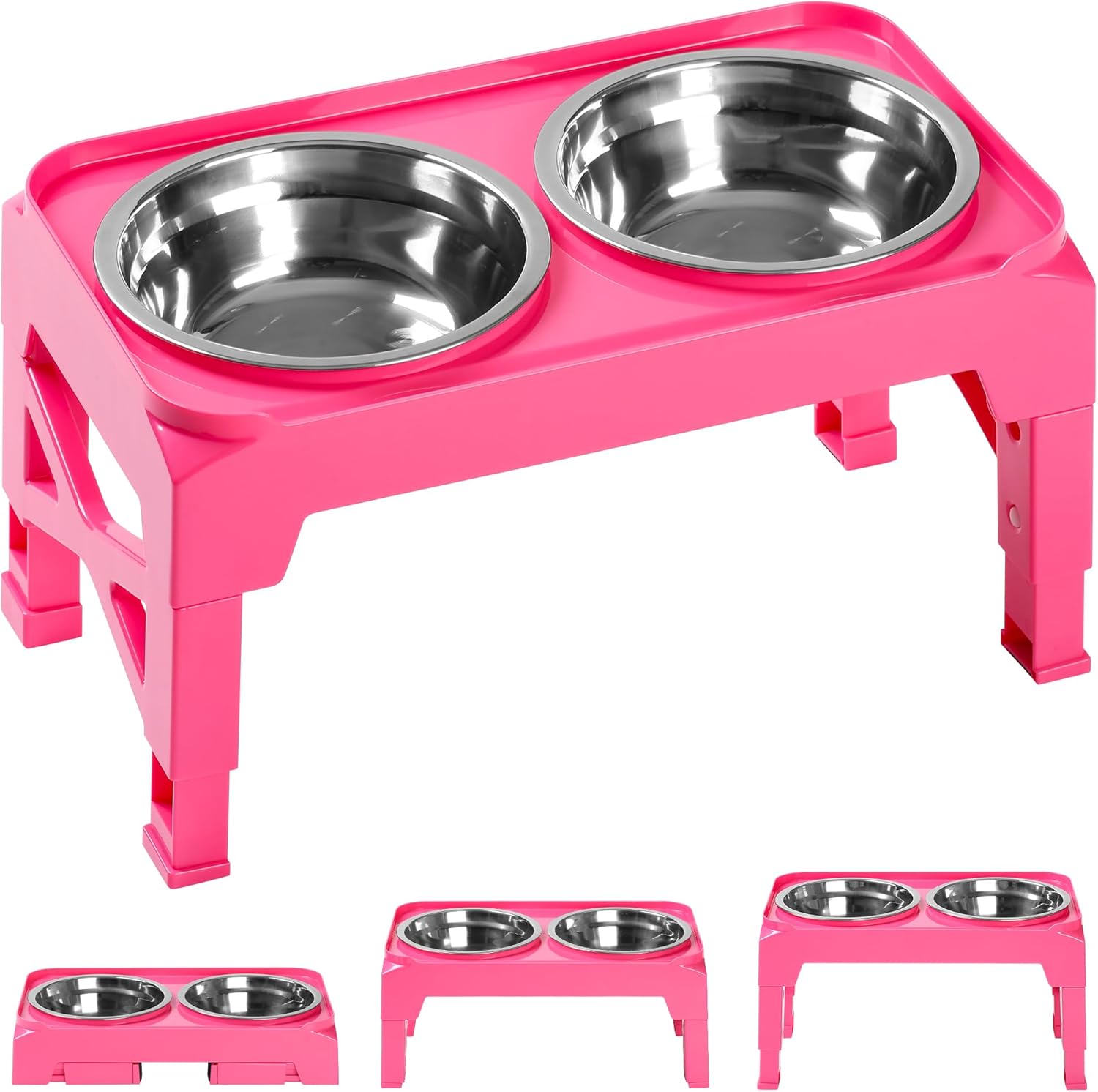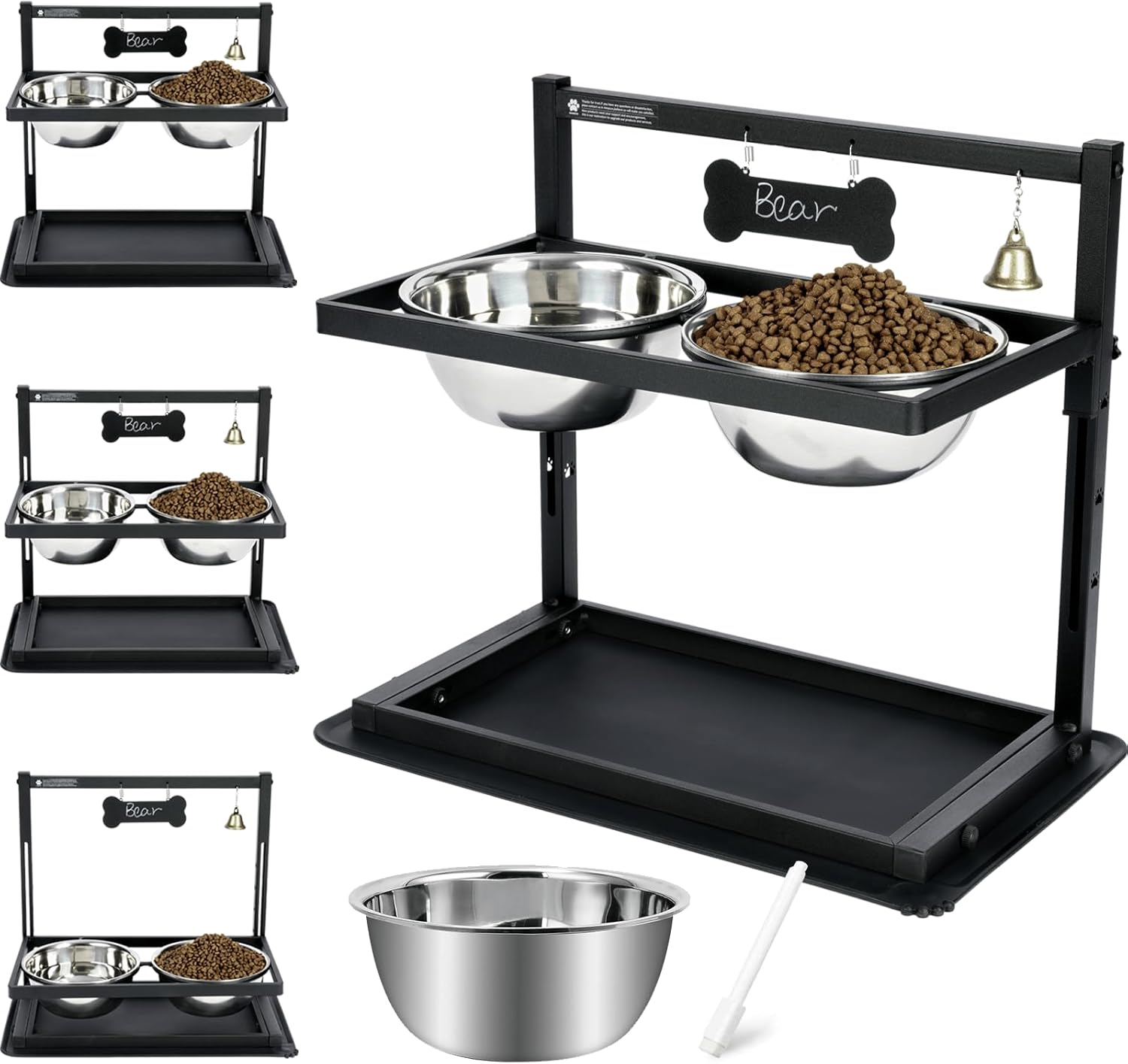Preparing for Your Dog’s Delivery: A Checklist for Dog Breeders
Introduction
As a responsible dog breeder, preparing for your dog’s delivery is essential for ensuring the safety and health of both the mother and her puppies. Proper planning and a well-organized approach can help make the whelping process as smooth as possible. In this guide, we’ve put together a comprehensive checklist of everything you need to prepare for your dog’s delivery. From setting up the whelping area to understanding the delivery stages, being prepared will ensure a stress-free experience for both you and your dog.
1. Set Up a Safe Whelping Area
Creating a quiet, comfortable, and clean environment for your dog to give birth is crucial. The whelping area should be away from any noise, stress, or distractions. Here’s what you’ll need:
- Whelping Box: A clean, enclosed space for the dog to deliver her puppies. It should have low sides for easy access, but high enough to prevent puppies from rolling out.
- Bedding: Soft, absorbent bedding (such as old towels, puppy pads, or newspaper) for cleanliness and comfort.
- Heating Pad or Lamp: Puppies cannot regulate their body temperature for the first few days, so ensure a warm environment (around 85°F-90°F).
- Safety and Hygiene Supplies: Antibacterial wipes, disposable gloves, and a waste disposal area for quick cleanup.
2. Gather the Essential Delivery Supplies
Having the right supplies on hand will help you assist with the birth if necessary and provide immediate care to the puppies. Here’s a list of the essential items:
- Clean Towels: To dry off puppies immediately after birth and clean the mother.
- Sterile Scissors: For cutting the umbilical cord if needed.
- Dental Floss or Thread: To tie off the umbilical cord, ensuring it's about an inch from the puppy's abdomen.
- Bulb Syringe: To clear mucus from the puppies' airways and help them breathe.
- Syringe or Pipette: To feed puppies colostrum if the mother is unable to nurse immediately.
- Thermometer: To monitor the dog’s temperature in case of complications.
- Emergency Vet Contact Info: Always have the contact information for your veterinarian on hand in case of complications.
3. Monitor Your Dog’s Health
A healthy pregnancy and delivery start with a healthy dog. Before the delivery, ensure that your dog has had a pre-breeding health checkup, and consider regular check-ups during pregnancy to monitor her condition.
- Vaccinations and Parasite Control: Ensure that your dog is up to date on vaccinations and is free from parasites.
- Pre-Labor Health Check: Check for signs of complications, such as abnormal swelling, discharge, or lack of appetite.
- Proper Nutrition: Ensure the mother is receiving a high-quality diet rich in nutrients, and provide supplements if recommended by your veterinarian.
- Keep an Eye on Weight: Monitor the dog’s weight throughout the pregnancy to ensure she’s gaining appropriately. Sudden weight loss or gain can indicate potential problems.
4. Watch for the Signs of Labor
As your dog nears the end of her pregnancy, it’s essential to recognize the signs of labor. Knowing when labor is imminent allows you to be prepared and act accordingly.
- Nesting Behavior: Your dog may start digging, panting, or searching for a quiet, comfortable space.
- Temperature Drop: Your dog’s temperature may drop to around 99°F (normal is 101-102°F) about 24 hours before labor begins.
- Vaginal Discharge: A small amount of clear or slightly cloudy discharge is normal, but any green or foul-smelling discharge may indicate complications.
- Restlessness: As labor approaches, the mother may start to pace, whine, or show other signs of anxiety.
5. Understand the Stages of Labor
Being familiar with the stages of labor will help you know when to intervene and when to let nature take its course.
Stage 1: Early Labor (Pre-Labor)
This stage can last 6-12 hours (or longer). During this time, the dog will become restless and may start nesting. You might also notice a drop in her body temperature and a slight discharge from her vulva. Contractions will begin, but there may not be any visible straining yet.
Stage 2: Active Labor
Stage 2 is when the puppies are born. Contractions will become more intense, and the mother will begin to strain to push the puppies out. Each puppy should be delivered within 30 minutes to 2 hours. If there are long periods between the puppies or if the mother appears to be in distress, call your veterinarian.
Stage 3: Afterbirth (Placenta Expulsion)
After each puppy is born, the placenta should be expelled. The mother may eat the placenta, which is normal, but be sure all placentas are accounted for. Retained placentas may cause infection and require veterinary attention.
6. Be Ready to Assist During Delivery
While many dogs will deliver their puppies without assistance, be prepared to step in if necessary:
- Help Clear Airways: If a puppy is born and is not breathing, gently clear its airways with a bulb syringe and stimulate it by rubbing its body.
- Cut the Umbilical Cord: If the mother doesn’t bite through the cord, use sterile scissors to cut it, leaving about an inch of cord.
- Warm the Puppies: Place the puppies in a warm area, such as a whelping box with a heating pad, to prevent them from getting too cold.
7. Post-Delivery Care for Mother and Puppies
After delivery, the mother may need some assistance:
- Monitor the Mother’s Health: Ensure she is feeding her puppies and that there are no signs of infection or complications, such as excessive bleeding or eclampsia.
- Encourage Nursing: Make sure the puppies are nursing and receiving colostrum, the vital first milk that provides immune protection.
- Provide a Quiet, Safe Environment: Keep the mother and puppies in a quiet, clean area where they can bond without interruptions.
8. Keep Veterinary Contact Information Handy
Emergencies can arise during labor and delivery, so it’s essential to have the contact information for a 24-hour emergency veterinarian on hand. Common complications include:
- Prolonged labor with no puppies.
- Difficulty delivering puppies.
- Retained placenta.
- Postpartum hemorrhage or infection.
Don’t hesitate to contact a professional if you’re concerned about your dog’s health during or after delivery.
Conclusion
Preparing for your dog’s delivery is an essential part of responsible breeding. By setting up a safe whelping area, gathering the right supplies, and being aware of the stages of labor, you can ensure a smooth and successful birth for both the mother and her puppies. Keep calm, monitor her closely, and always be ready to intervene if necessary. With the right preparation and care, you’ll help your dog through a healthy, stress-free delivery.
Affiliate Products



